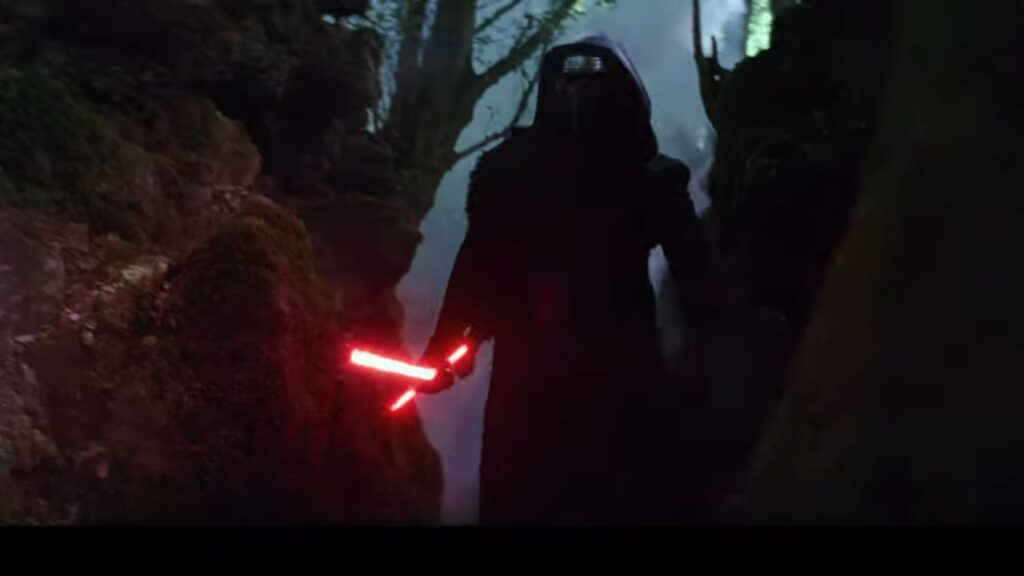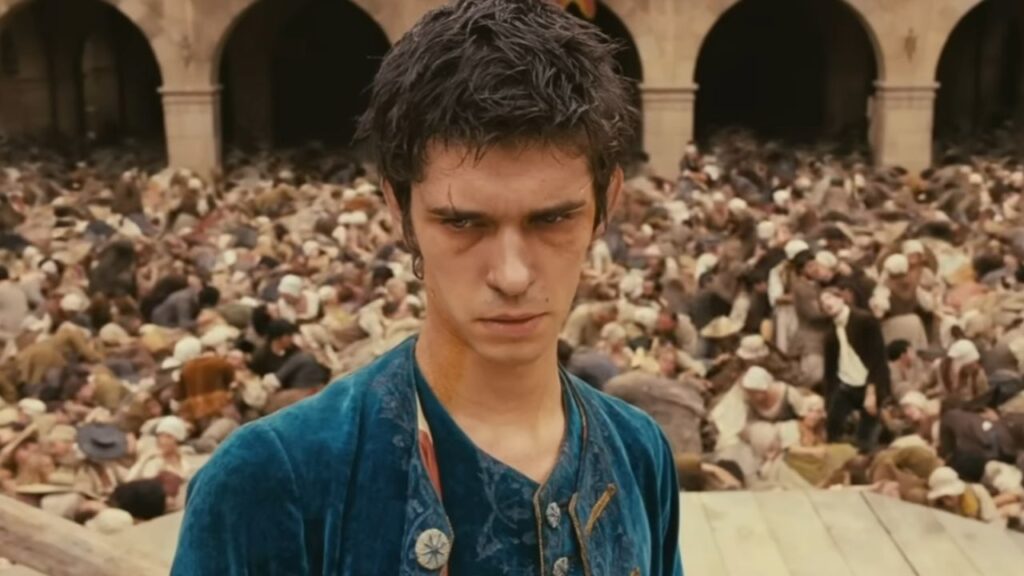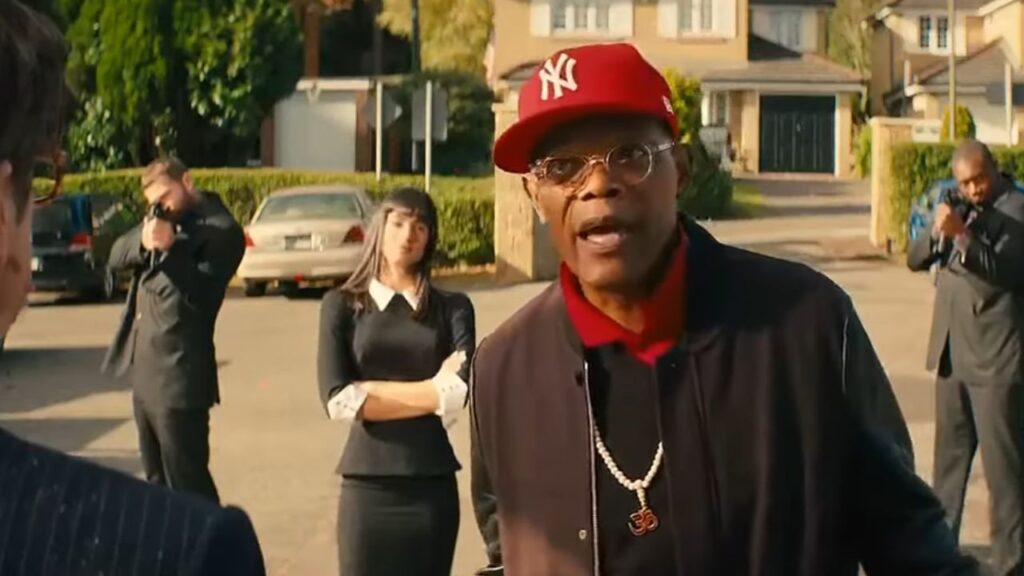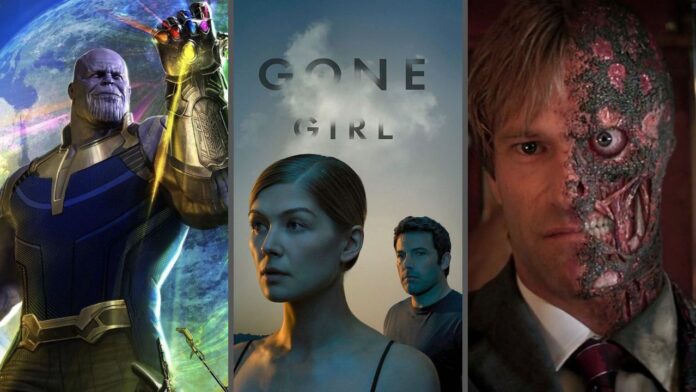From dark lords and sociopaths to corporate tyrants and charming manipulators, these unforgettable villains changed movie history.
Throughout movie history, the hero’s journey has always captivated audiences. But as much as we cheer for our favorite protagonists, their legacies wouldn’t be nearly as iconic without a villain pushing them to their limits. Villains challenge the hero, create tension, and often become more memorable than the leads themselves.
From the icy stare of Lord Voldemort to the chaotic brilliance of the Joker, cinema’s greatest villains are not only defined by their evil deeds—but by the way they make us feel. They provoke fear, fascination, and sometimes even empathy. These are the antagonists that have made the biggest impact on film and culture alike.
Let’s explore in depth the movie villains who redefined evil and left an unforgettable mark on storytelling.
1. Thanos (Avengers: Infinity War & Endgame, 2015–2018)
Portrayed by: Josh Brolin
Thanos isn’t just a powerful alien warlord—he’s a villain who believes in the morality of his cause. Using the six Infinity Stones, he aims to eliminate half of all life in the universe to solve overpopulation. What makes Thanos unique is his twisted sense of balance and mercy, believing that wiping out billions is an act of compassion.
Brolin’s motion-capture performance added complexity and emotion, turning a CGI character into a philosophical threat. His iconic line, “I am inevitable,” has become one of the most quoted in superhero film history.
2. Amy Dunne (Gone Girl, 2014)
Portrayed by: Rosamund Pike
Amy Dunne isn’t physically dangerous, but her ability to control narratives, manipulate public opinion, and stage a fake disappearance to frame her husband elevates her to one of the most chilling characters in modern cinema. Her carefully crafted “Cool Girl” monologue exposes societal expectations on women, giving the film an added layer of commentary.
Pike’s chilling performance earned her an Academy Award nomination and showcased how villainy can be silent, smiling, and hiding behind the perfect suburban image.
3. Kylo Ren (Star Wars: The Force Awakens, 2015)

Portrayed by: Adam Driver
Kylo Ren is a legacy character—descended from Darth Vader—but he carves his own path through internal conflict. Unlike classic villains, he wavers between light and dark, showcasing vulnerability beneath his rage. His constant struggle adds psychological depth to the character.
Driver’s nuanced portrayal shows a man torn between heritage and identity, making Ren not just a threat, but a tragic figure in the Star Wars saga.
4. Lord Voldemort (Harry Potter series, 2001–2011)
Portrayed by: Ralph Fiennes
“He Who Must Not Be Named” is the ultimate wizarding villain. Tom Riddle’s transformation into Voldemort—driven by fear of death and hunger for power—creates an antagonist obsessed with immortality and blood purity. Voldemort’s rise and reign of terror mirror real-world authoritarianism, giving his character historical relevance.
Fiennes’ terrifying performance, complete with hissing speech and snake-like appearance, became synonymous with evil for an entire generation.
5. Anton Chigurh (No Country for Old Men, 2007)
Portrayed by: Javier Bardem
Anton Chigurh is a walking embodiment of fate and death. His coin toss decisions, emotionless demeanor, and peculiar weapon of choice (a captive bolt pistol) create an atmosphere of constant dread.
Bardem’s Oscar-winning performance is noted for how he delivers horror with quiet calmness. Chigurh doesn’t yell or threaten—he simply is, and that’s what makes him terrifying.
6. Harvey Dent / Two-Face (The Dark Knight, 2008)
Portrayed by: Aaron Eckhart
Dent starts as Gotham’s last hope—a principled District Attorney committed to justice. But after a tragic personal loss, his disillusionment with morality and descent into chaos turn him into the vengeful Two-Face. His transformation illustrates the idea that even the noblest people can break under pressure.
Christopher Nolan used Dent’s arc to show how chaos can corrupt ideals. Eckhart’s layered performance added complexity to what could’ve been a cartoonish role.
7. Commodus (Gladiator, 2000)
Portrayed by: Joaquin Phoenix
Commodus is a tyrant shaped by insecurity and a deep need for approval. His jealousy toward General Maximus drives him to murder his own father and seize power. Phoenix’s emotionally intense performance captures the emperor’s desperation, cruelty, and inner torment.
Despite being physically weaker, Commodus manipulates others to maintain power—making him a psychological and political villain.
8. Miranda Priestly (The Devil Wears Prada, 2006)
Portrayed by: Meryl Streep
Streep’s Miranda redefined what a villain can look like. As the editor-in-chief of Runway magazine, she’s cold, calculating, and demanding—but she’s also a symbol of female authority in a male-dominated world.
Her villainy lies in emotional manipulation and perfectionism, not physical violence. Streep’s iconic role proved that subtle tyranny can be just as impactful.
9. Jean-Baptiste Grenouille (Perfume, 2006)

Portrayed by: Ben Whishaw
Grenouille has a supernatural sense of smell and a disturbing ambition—to create the perfect scent. But his goal leads him to commit a string of murders, collecting scents from young women.
Whishaw portrays Grenouille with eerie silence, creating a character that evokes both pity and disgust. The film explores obsession, isolation, and the human desire for recognition.
10. The Joker (The Dark Knight, 2008)
Portrayed by: Heath Ledger
Ledger’s Joker is chaos personified. With no clear origin, no motive beyond destruction, and an eerie laugh, he upends Gotham’s moral order. His psychological manipulation of Harvey Dent, Batman, and even the city itself showcases the power of ideologies gone rogue.
Ledger’s performance earned a posthumous Oscar and became the blueprint for modern cinematic villainy.
11. Loki (MCU, 2011–2023)
Portrayed by: Tom Hiddleston
The god of mischief starts off as a self-serving antagonist in Thor, but evolves into a fan-favorite antihero. Loki’s intelligence, charm, and vulnerability make him one of Marvel’s most layered characters.
Over a decade, Loki’s redemption arc redefines what it means to be a villain, proving that complexity creates longevity.
12. Terence Fletcher (Whiplash, 2014)
Portrayed by: J.K. Simmons
Fletcher is not a killer—but his psychological abuse as a music teacher is disturbing. He breaks his students emotionally to push them to greatness, raising ethical questions about ambition and abuse.
Simmons’ Oscar-winning performance is intense, powerful, and horrifyingly realistic.
Davy Jones (Pirates of the Caribbean, 2006–2007)
Portrayed by: Bill Nighy
Cursed to ferry souls of the dead, Davy Jones becomes a tragic villain—heartbroken and twisted by betrayal. His grotesque, sea-creature appearance and Scottish snarl hide layers of emotional pain.
Nighy brought humanity to a CGI-heavy character, making Davy Jones unforgettable.
13. Lotso (Toy Story 3, 2010)
Voiced by: Ned Beatty
Lotso is a fluffy, strawberry-scented bear hiding deep bitterness. Abandoned by his owner, he becomes a tyrant at Sunnyside Daycare, ruling with manipulation and fear.
His betrayal of other toys reminds us how past trauma can breed cruelty, even in the most unexpected forms.
14. John Doe (Se7en, 1995)
Portrayed by: Kevin Spacey
John Doe orchestrates murders based on the seven deadly sins, believing his acts serve a higher moral purpose. The final twist of the film—“What’s in the box?”—cemented Doe as a haunting and methodical antagonist.
Doe’s calculated evil shows that logic and villainy are often disturbingly intertwined.
15. Bellatrix Lestrange (Harry Potter series, 2007–2011)
Portrayed by: Helena Bonham Carter
Bellatrix is Voldemort’s most devoted follower, reveling in chaos and cruelty. Her unhinged behavior, childlike glee in torture, and cold-blooded murder of key characters make her one of the most feared Death Eaters.
Carter’s wild-eyed performance is both theatrical and terrifying.
16. O-Ren Ishii (Kill Bill: Volume 1, 2003)
Portrayed by: Lucy Liu
O-Ren rises from a tragic childhood to become the leader of the Tokyo Yakuza. Her samurai duel with The Bride is one of Tarantino’s most visually iconic scenes.
Her character explores themes of honor, revenge, and power in a male-dominated world.
17. Hans Landa (Inglourious Basterds, 2009)
Portrayed by: Christoph Waltz
Landa is a Nazi SS officer who masks sadism with politeness. His ability to speak multiple languages and manipulate situations makes him uniquely terrifying.
Waltz’s performance won him an Oscar and redefined the “smiling villain” archetype.
18. Calvin Candie (Django Unchained, 2012)

Portrayed by: Leonardo DiCaprio
Candie is a Southern plantation owner with a cultured exterior and a heart of brutality. His dinner table monologue is one of the most uncomfortable scenes in modern film.
DiCaprio’s turn as a villain added new dimension to his career and shocked audiences.
19. Vulture (Spider-Man: Homecoming, 2017)
Portrayed by: Michael Keaton
Adrian Toomes is a working-class man pushed to villainy after being denied opportunities. His motivations are rooted in injustice, making him a rare relatable Marvel antagonist.
Keaton’s performance brings realism and grit to the superhero genre.
20. Erik Killmonger (Black Panther, 2018–2022)
Portrayed by: Michael B. Jordan
Killmonger isn’t just a villain—he’s a product of systemic oppression. His argument for Wakanda’s global intervention sparks legitimate debate, making him one of the most thought-provoking Marvel villains.
Jordan’s performance was lauded for its emotional intensity and cultural resonance.
21. Ego (Guardians of the Galaxy Vol. 2, 2017)
Portrayed by: Kurt Russell
Ego’s fatherly charm masks god-like ambition. He plans to reshape the universe using his own offspring, revealing chilling narcissism beneath the surface.
Russell gives Ego both warmth and menace, creating a villain as charming as he is dangerous.
22. Rose Armitage (Get Out, 2017)
Portrayed by: Allison Williams
Rose is the perfect girlfriend—until she isn’t. Her betrayal exposes the horrors of modern racism disguised as progressiveness. Her performance is eerily subtle until the truth comes out.
“Get Out” reframed how we view villainy through the lens of social commentary.
23. Richmond Valentine (Kingsman, 2014)

Portrayed by: Samuel L. Jackson
Valentine wants to solve climate change by wiping out most of humanity. His quirky behavior, speech impediment, and love of pop culture make him oddly likable—but no less dangerous.
Jackson blends humor with menace to craft a truly unique villain.
24. Sauron (The Lord of the Rings series, 2001–2003)
Presence Over Appearance:
Sauron is mostly seen as a giant flaming eye—but his reach extends across all of Middle-earth. From corrupted kings to enslaved armies, his evil permeates the trilogy.
He represents absolute power, corruption, and the temptation of control.
25. Samantha (Her, 2013)
Voiced by: Scarlett Johansson
While not evil, Samantha’s evolution as an AI raises ethical questions. She starts as a companion but becomes something more—leaving behind the human she once served.
The film asks: What happens when artificial intelligence surpasses emotional need?
Final Thoughts
Villains are more than just obstacles. They reveal the values, struggles, and fears of the world around them. From fantasy epics to psychological thrillers, the greatest movie villains make us question ourselves—and that’s what makes them legendary.


















![10 Countries With the Best Healthcare in the World [Statistical Analysis] Countries With the Best Healthcare in the World](https://articleify.com/wp-content/uploads/2025/07/Countries-With-the-Best-Healthcare-in-the-World-1-150x150.jpg)










